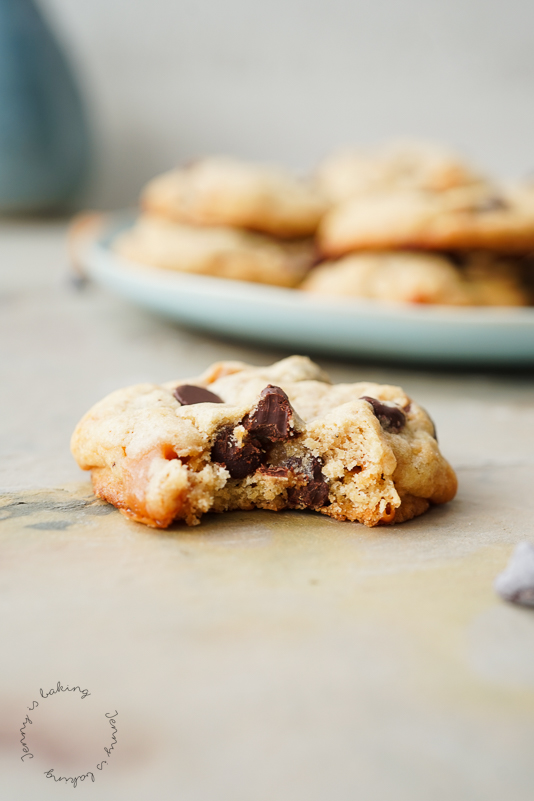This blog post contains advertisement for Braeburn apples, Südtiroler Apfel g.g.A.
Yay, today I am present a recipe from Argentina, an apple cake slash bread pudding, which is prepared similarly to “flan“. I was fortunate enough to make this cake named “tarantella de manzana” with tart apples, the variety Südtiroler Apfel g.g.A. When the package arrived with Braeburn apples, I knew exactly what I wanted to make. But let’s get back to this dessert from Argentina. Legend has it that this cake is named after an Italian dance (tarantella) as a) Italian immigrants supposedly invented this cake in Buenos Aires and b) this cake is a bit wiggly when you take it out of the oven. You either need to dance as you are so excited for being able to eat this delicious cake, or the wiggly movement actually is similar to the movement of the dance. If you are interested in further theories, check out this article in Spanish. Regardless of its origin, this cake is so popular, you will find it basically on every menue of any restaurant in Buenos Aires.




















